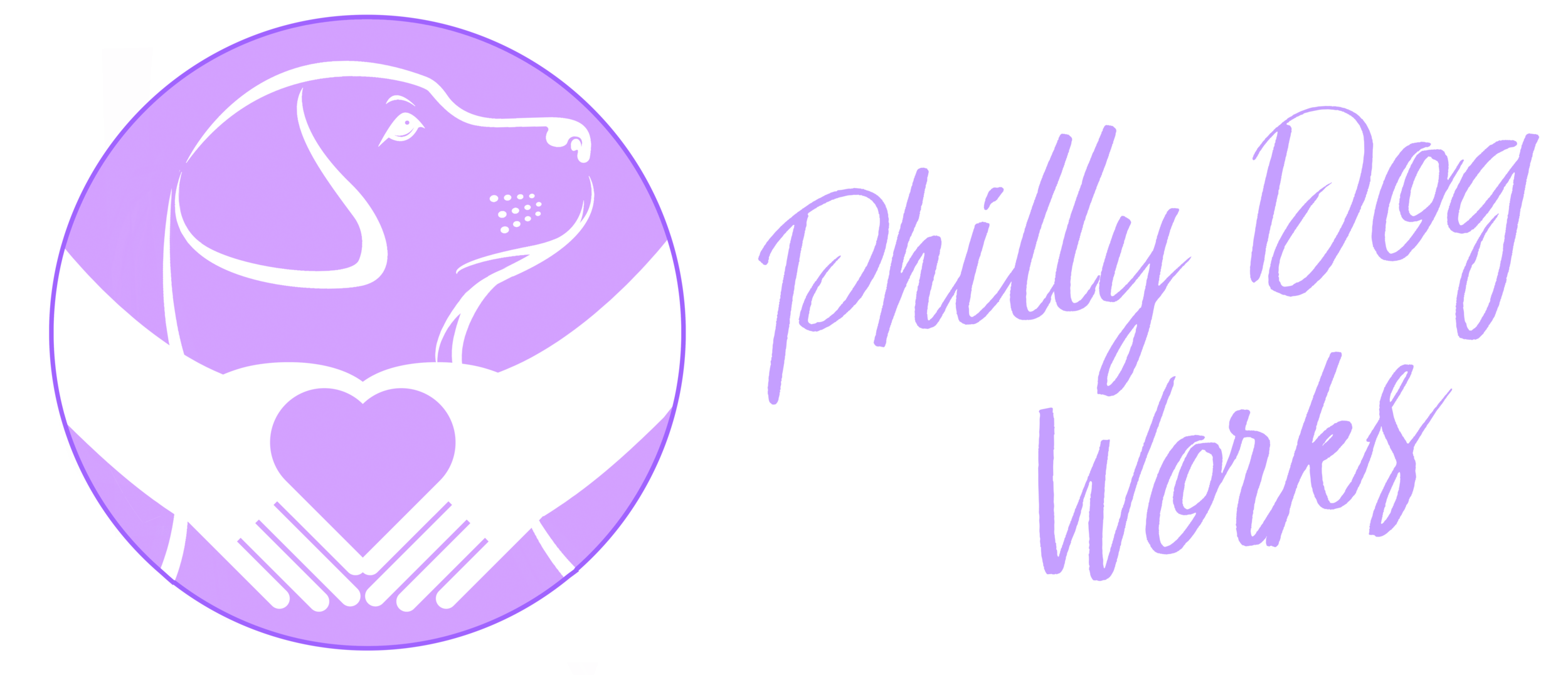Cranial Cruciate Ligament Rupture
Cranial cruciate ligament (CCL) rupture is a very common injury in medium to large breed dogs. It affects a large amount of pets, I’m sure everyone has either experienced it in their own pet or knows someone close to them that has.
In 2003 the cost of treatment exceeded 1.32 billion dollars. This staggering amount is merely the cost of surgery alone. When a person has knee damage that requires orthopedic surgery the next step is to follow up with a physical therapist for rehabilitation. The prevalence of physical therapy in veterinary medicine is increasing at a steady pace. Although there is improved stability and joint function as a result of advancements in CCL surgeries there is still evidence that osteoarthritis will affect these patients at a faster rate than your average aging dog.
So, what more can you do? Many pet parents in recent years, today more than ever, are looking to eastern medicine. The trend in veterinary medicine is going in much the same way that is has gone in human medicine recently. Now, I am in no way suggesting that we follow the path of the recent olympic competitors and start cupping our pets, but I am suggesting we think a bit about alternative medicine. There is a world of possibilities out there that we are ignoring.
Not only can physical therapy, massage, and acupuncture help the post-op patient but it can also be a great alternative to surgery itself. Not every dog must have CCL surgery to repair a ruptured cruciate. I personally had a 90 pound american bulldog mix, Kawaii who ruptured both of her cruciate ligaments within a four month period. Kawaii was a sensitive soul and I knew that surgery and the recovery after surgery was not a great option for her. That is when my interest in eastern medicine and alternate approaches first began. Kawaii went to physical therapy once a week and began walking with a normal gait again, she began playing with her housemates again and she got her life back. Her knees eventually stabilized and therapy sessions became further apart. She lived a happy life for almost 10 years after her first cruciate rupture.
Pain relief and functionality through massage, acupuncture, and therapeutic exercise are gaining acceptance and popularity throughout the United States. Massage can be implemented as soon as pain or dysfunction are seen to help prevent ligament deterioration and further damage. Much the same as we as humans have experienced, massage can have an immediate reaction and improvement.
Massage, stretching, and therapeutic exercise has been shown to improve appropriate placement of feet while walking and can help alleviate strain patterns as well as alleviate muscle tension, ligament and tendon injury, and abnormal biomechanics. A problem in one area of the body can cause strains and pain in other areas of the body as well. When your dog is favoring one limb, it means they are overcompensating and working the other three that much harder. Much of the pain we see in our CCL rupture patients is not merely the affected limb itself but also the non-damaged limb and also the shoulders, neck, and back. Massage can alleviate much of that pain and have them walking more comfortably in as little as one session.
If you love your pets as much as I do and don’t want to see them in pain, know that there are more options out there that are proving to be extremely effective. Book a massage for your furry baby today!
